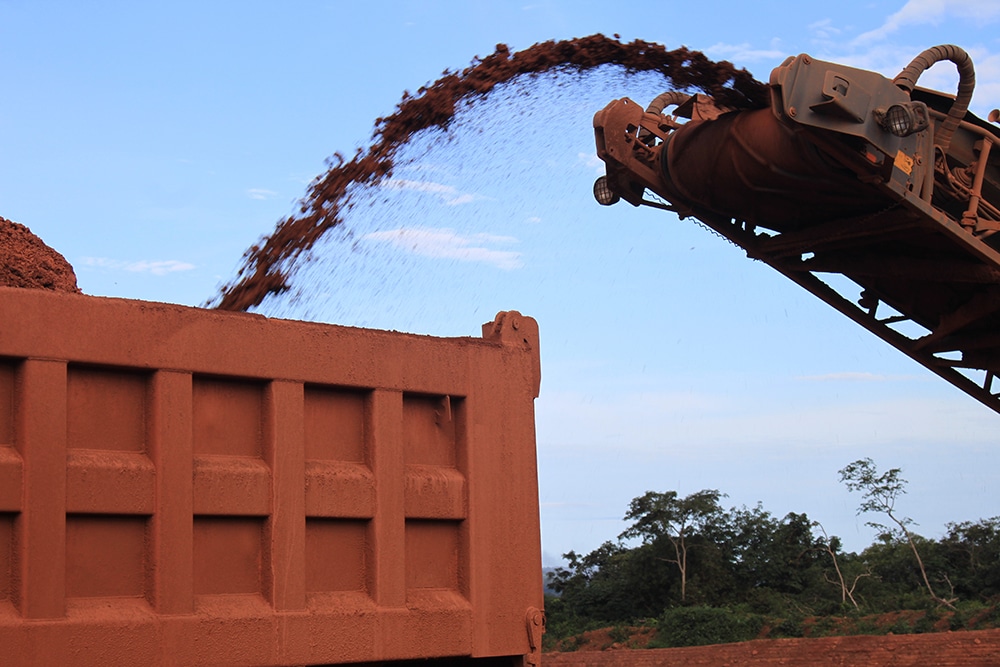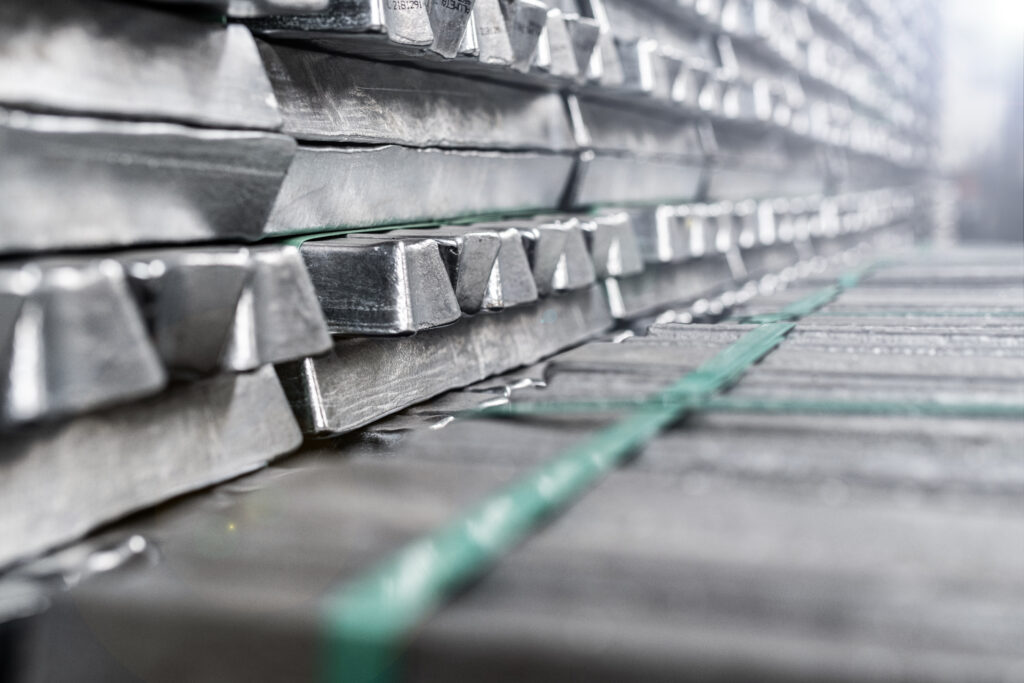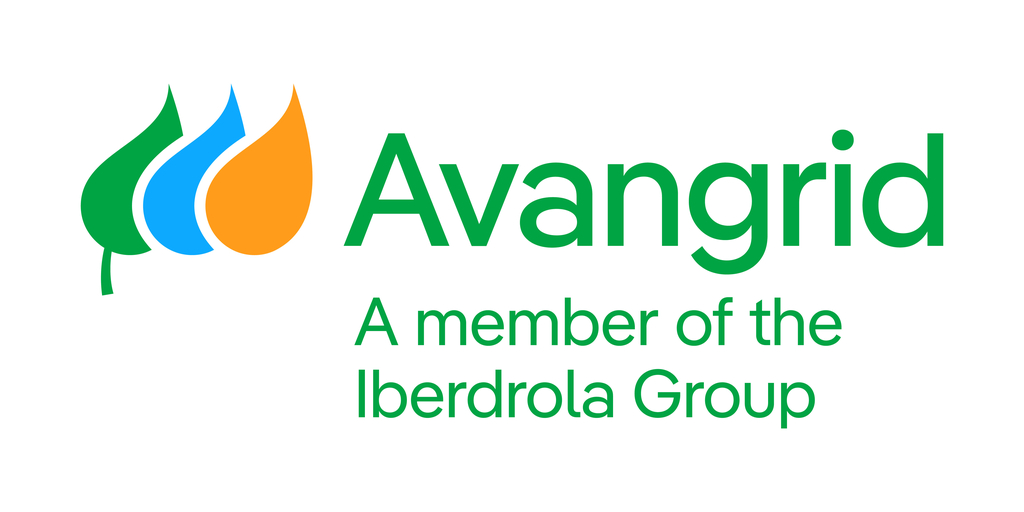The Aluminum Monthly Metals Index (MMI) remained consolidated, falling by a modest 1.29% from December to January. Meanwhile, LME aluminum prices continued to trend sideways during the first half of January.
Aluminum Prices Sideways, Midwest Premium Futures Up
The aluminum market remained uncertain during the first few weeks of the new year. Less than a week from Trump’s inauguration, markets appear tentative. Most analysts expect a new round of tariffs from the President, which poses a bullish risk to end-user prices.
In the meantime, LME aluminum prices showed no evidence of meaningful bullish or bearish momentum as they continued to trend sideways. Despite the sideways market, the Midwest Premium remains locked in an uptrend that began around the start of Q4 2024. While the premium has retreated slightly since the beginning of the year, Midwest Premium 3M Futures suggest the market is pricing in trade barriers.
Gain access to expert-driven market insight, ensuring your company is well-informed and prepared to tackle falling demand. Opt into MetalMiner’s free weekly newsletter.
North American Aluminum Demand Up During First Three Quarters
While currently sideways, aluminum prices rose 6.63% during 2024. This put them in third place within the base mental category, just behind zinc and tin prices. The rise saw support from increased demand in North America. According to findings from the Aluminum Association, U.S. and Canadian demand witnessed an overall 4.6% increase during the first three quarters of 2024. Following a dip in 2023, demand in 2024 appeared comparable to figures seen in 2022.
Source: The Aluminum Association
While up overall, aluminum product demand saw mixed results. Sheet and plate prices rose 6.9% during the same period, while foil, extrusions and electrical products declined. Meanwhile, total semi-fabricated demand rose 2.5%. The rise in demand rise appeared to see mostly domestic supply. Imported aluminum and aluminum products into the U.S. and Canada decreased by 8%.
Should it continue throughout 2025, rising demand could offer strong support to aluminum prices, particularly if the currently bullish U.S. dollar index finds a peak and begins retracing to the downside.
Are you on the hook for communicating the company’s steel performance to the executive team? See what should be in that report.
Guinea Uses Bauxite Disruption to Secure Chinese Investment
As MetalMiner’s own Stuart Burns noted back in October, Guinea took a page out of Indonesia’s playbook. The African nation’s Junta shocked markets with an informal and indefinite halt to bauxite exports. Not only did officials give no reason for the decision, but a record-setting rally in alumina prices soon followed. This put significant pressure on aluminum producers, particularly those in China, which are heavily reliant on Guinea for raw materials.

Now, months later, China’s State Power Investment Corp. (SPIC) has announced plans to build Guinea’s largest alumina processing plant. The move seemingly confirms suspicions that Guinea wants to leverage its vast bauxite resources to attract value-added investments. SPIC will commence construction on the facility in March, with completion expected around the end of 2027. The plant will have an annual capacity of 1.2 million tons of alumina and will feature a power plant to help serve the nation’s grid.
A New Strategy for Resource Rich Nations?
In a relief to global producers, SPIC’s announcement will likely place pressure on alumina prices, which spiked past their previous all-time high back in October. LME aluminum prices showed no significant response to bullish alumina prices, despite the surge likely pinching margins for processors.

Guinea’s move mirrors Indonesia’s decision to institute a ban on nickel ore exports several years ago. While it temporarily came at the expense of the archipelago’s GDP, Indonesia now boasts a significant number of downstream industries, largely thanks to Chinese investments. Indonesia’s success likely influenced Guinea, and other raw-material-rich countries may do the same in the coming years.
Biggest Aluminum Price Moves
- European commercial 1050 aluminum sheet prices witnessed the largest overall increase of the index, rising 4.7% to $3,818 per metric ton as of January 1.
- LME primary three month aluminum prices edged lower, with a 1.61% decline to $2,541 per metric ton.
- Indian primary cash aluminum prices slid 2.5% to $2.83 per kilogram.
- Chinese primary cash aluminum prices fell 3.63% to $2,708 per metric ton.
- Chinese aluminum billet prices saw the largest decline, dropping 4.3% to $2,891 per metric ton.
-
MetalMiner should-cost models: Give your organization levers to pull for more price transparency, from service centers, producers and part suppliers. Explore the models now.




